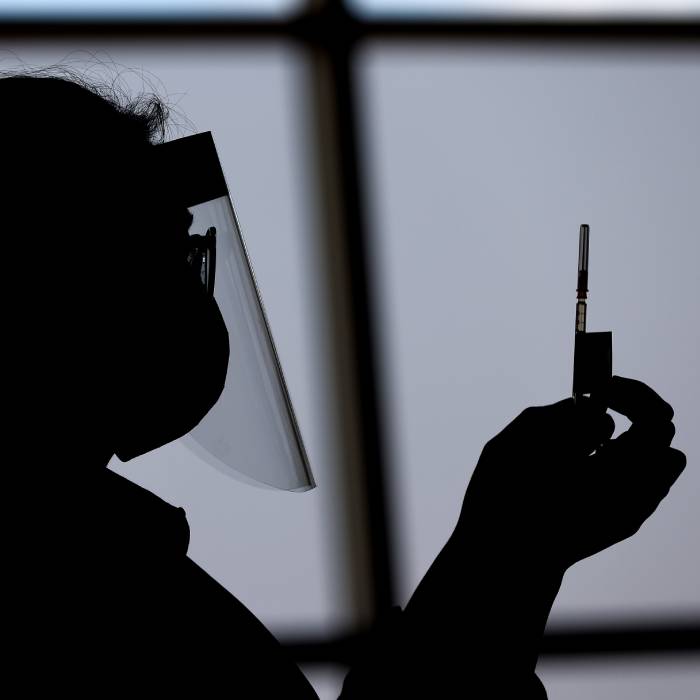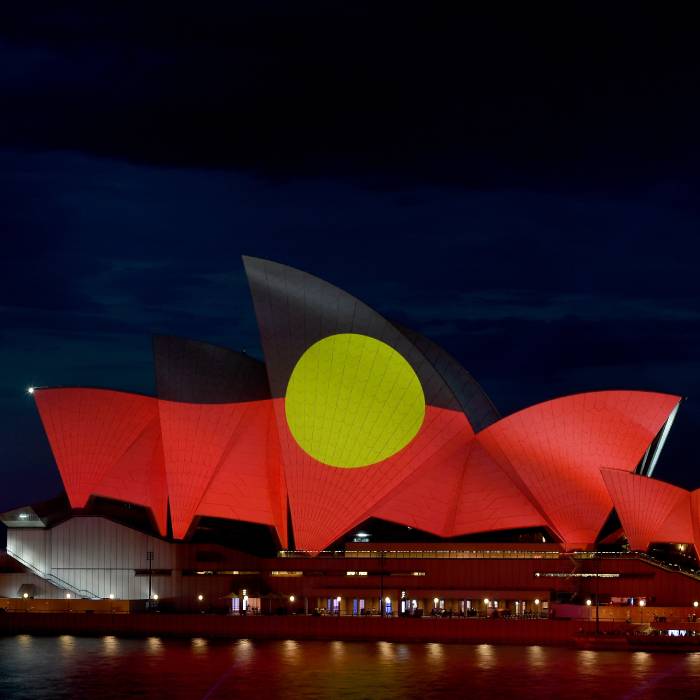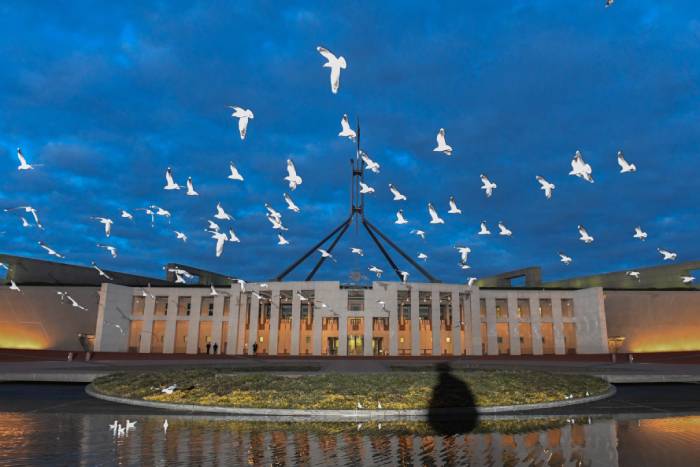The odds of a February interest rate cut have been slashed but the falling Australian dollar could spell trouble for households hoping for an overseas holiday.
The Aussie dollar fell to 61.85 US cents on Monday – its lowest level against the greenback since April 2020 – weighed down by diminished prospects of US central bank rate cuts and rising hopes the Reserve Bank of Australia’s first cut is imminent.
Following a stronger-than-expected US jobs print last weak, traders are predicting just one 25 basis point cut by the Federal Reserve in 2025.
A February RBA rate cut is again “live” in the eyes of economists, with ANZ bringing forward its prediction amid expectations core inflation for the December quarter will come in below the central bank’s forecast.
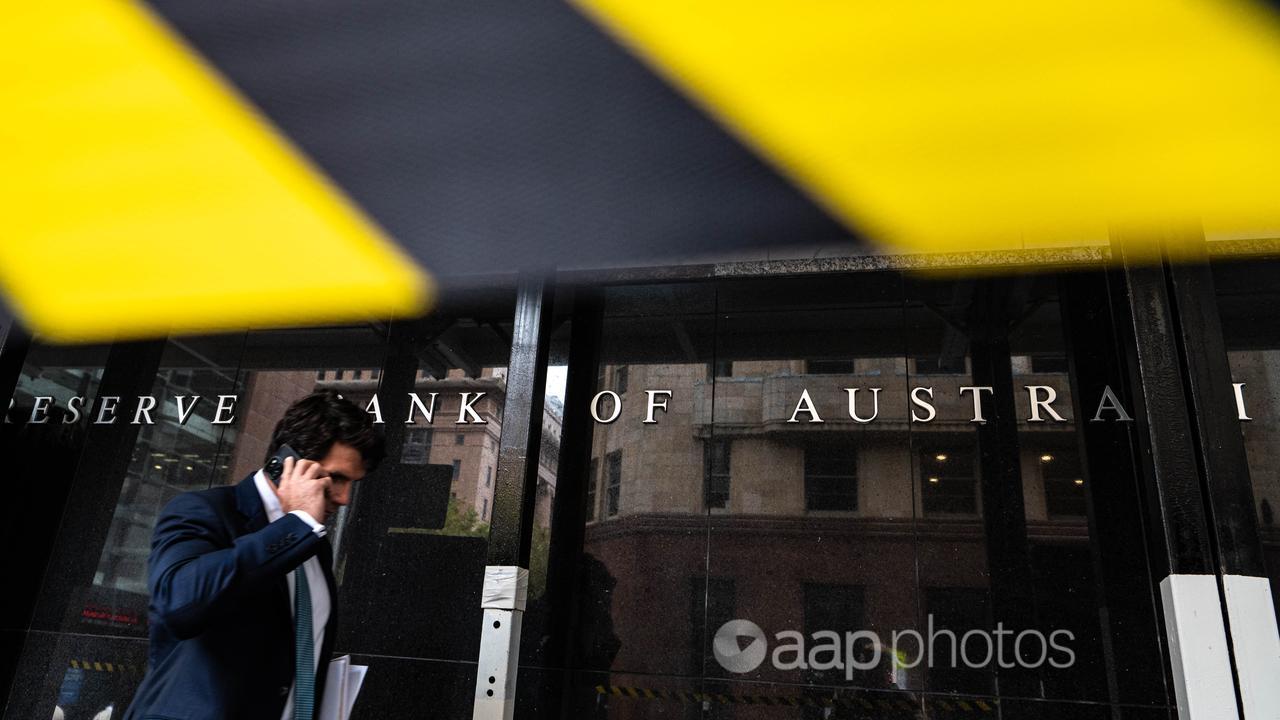
Bonds traders have priced in 60 basis points of cuts by the RBA.
Exchange rate markets had priced in the expected cuts on both sides of the Pacific, meaning if the central banks act as predicted, there shouldn’t be much of an impact on the Australian dollar, NAB head of FX strategy Ray Attrill told AAP.
But there is a big, orange question mark that could drastically alter the equation and send the Aussie dollar tumbling below the psychologically significant 60 US cents barrier: Donald Trump.
The impacts of the incoming US president’s threatened 60 per cent tariffs on Chinese imports have not been fully priced into the currency, Mr Attrill suspects.
Many analysts have questioned whether Mr Trump will follow through with his threat but there is a significant downside risk to the Australian dollar if he does anything close to what he promised to do with tariffs in the lead-up to the election, Mr Attrill said.
“If as a result of that, we do see a meaningful depreciation in the Chinese currency, rather than seeing a sub-60 Aussie dollar as a risk, it will become a central scenario,” he said.
“(In that scenario), our guess is the Aussie dollar is going to be falling below 60 cents and potentially staying there for some time.”
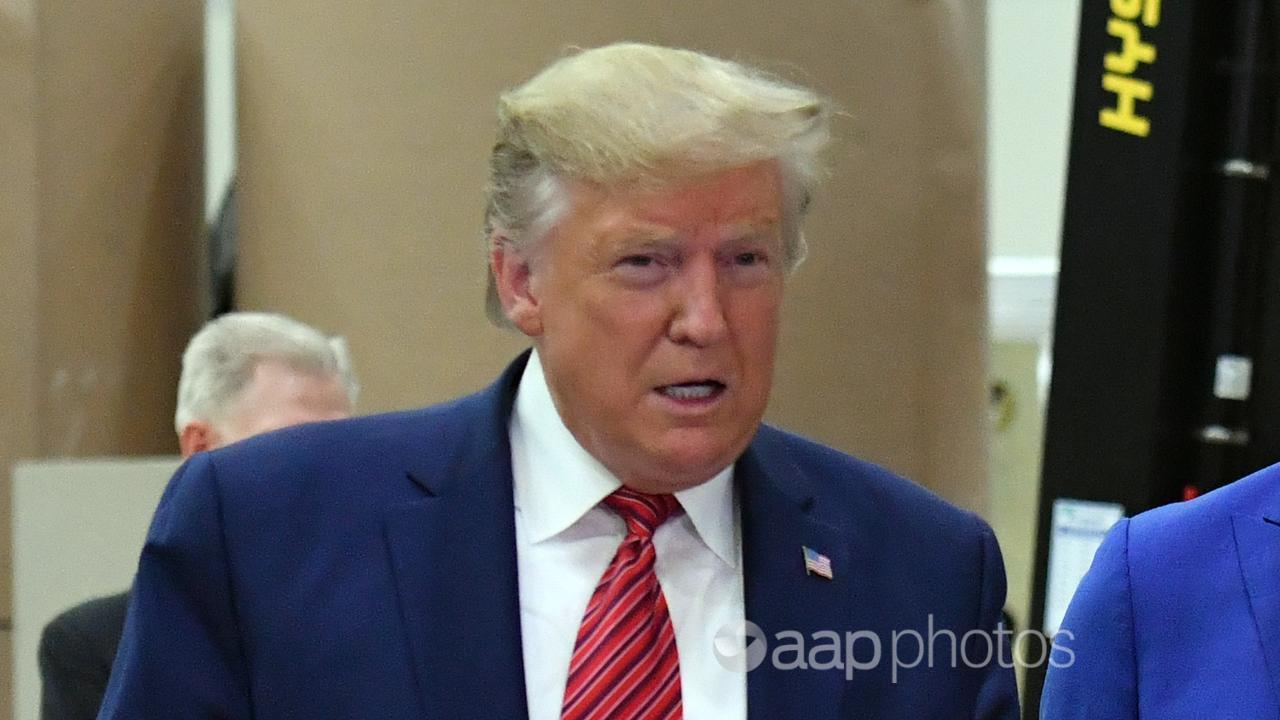
But that scenario is still clouded by uncertainty, with much depending on what China’s response to any tariffs would be.
“There is a scenario where Trump goes relatively hard on tariffs, China says ‘right, we’re now going to pull out all the stops to support the domestic economy’ and that actually has a positive impact on demand for Australian commodity exports, for example,” Mr Attrill said.
Despite the negative outlook for the bilateral AUD-USD exchange rate, he believes it is unlikely to be at the forefront of the RBA board’s thinking.
A lower Aussie dollar increases the risk of global inflation passing through to the domestic economy, but other factors, such as a softer-than-expected consumer price index, are likely to be more pressing.
The RBA is also less interested in the USD exchange than the trade-weighted index – which compares the Aussie dollar to a basket of currencies.
While the index has fallen in recent months, it has performed relatively stronger than against the greenback.















